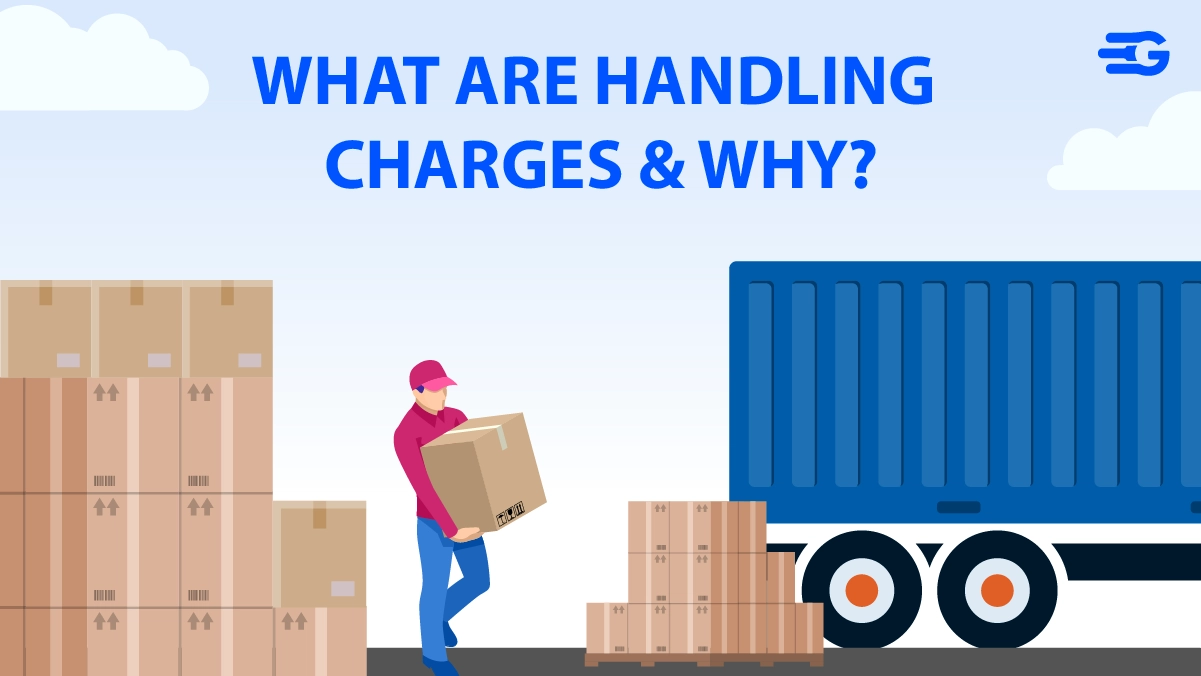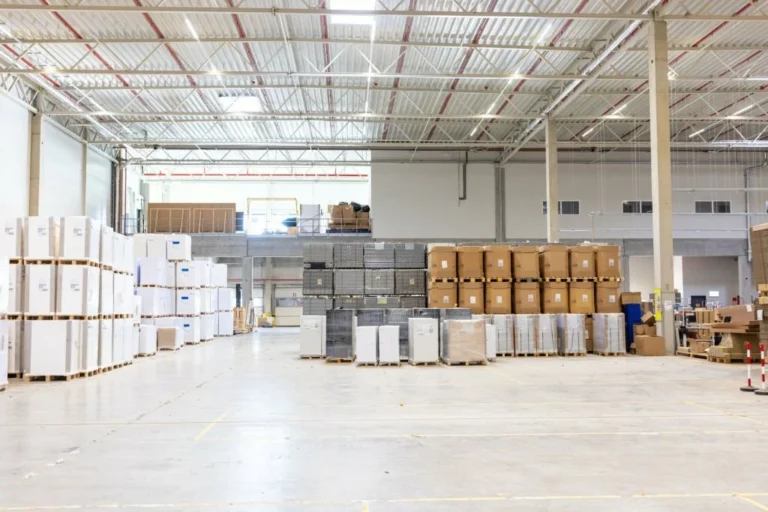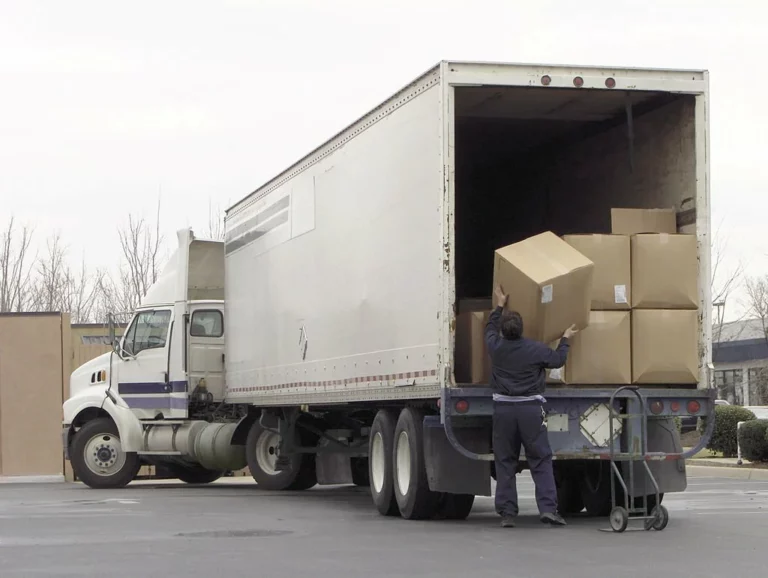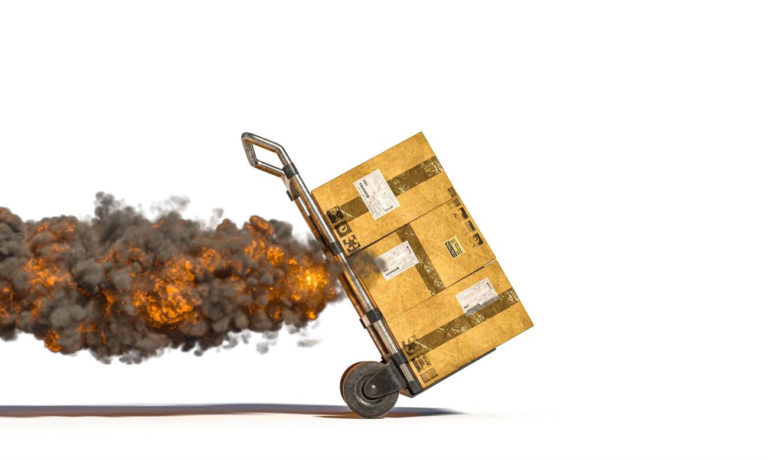Understanding Handling Charges in Logistics and E-commerce
Have you ever wondered why there’s a separate charge for handling in addition to shipping costs when you buy something online? While shipping covers the physical transportation of your order, handling fees play a crucial role behind the scenes. While shipping costs are more visible, handling fees are equally important for a smooth logistics operation. They help businesses recover the expenses involved in getting your order ready for international shipping. Without these fees, businesses might struggle to maintain efficient fulfillment processes, potentially impacting delivery times or product quality.
What are Handling Charges?
Handling charges encompass the costs incurred during the preparation of your order for shipment. All the groundwork happens before your package gets tossed into the delivery truck.
Handling charges are standard in logistics billing because they cover the unseen but crucial tasks that happen before your order gets shipped. Here’s the breakdown:
Why handling charges exist:
- They recover the costs of getting your order ready: This includes paying warehouse workers to pick and pack your items, buying packaging materials like boxes and tape, and using equipment to move your order around the warehouse.
- They ensure efficient fulfillment: By having a dedicated handling fee, businesses can invest in efficient systems and staff to get your order out the door quickly and safely.
Without handling charges, a few things could happen:
- Businesses might cut corners: They might use cheaper packaging materials or less experienced workers, potentially leading to damaged items or slower deliveries.
- Shipping costs could rise: The expenses currently covered by handling charges might get folded into the base shipping cost, potentially making it more expensive to ship anything.
Handling charges might seem like an extra fee, but they play a vital role in ensuring a smooth and efficient logistics process for both businesses and consumers. As software for supply chain management, calculating and monitoring such costs has become easier. However, it is also important to acknowledge that the software-enabled solutions are as good as the organization offering them.
The Components of Handling Charges
Handling charges might seem like a single, mysterious fee, but it covers a range of activities that happen before your order gets shipped. Here’s a deeper dive into the typical components and the costs associated with them:
1. Labor:
- This is a big one. Warehouse staff are the backbone of the order fulfillment process. They’re the ones who:
- Locate your items: Using inventory management systems, they gotta find your specific product(s) within the warehouse, which can be a massive space.
- Pick and pack: They carefully pick your items, ensuring you get exactly what you ordered. This might involve handling fragile items with extra care or using specific techniques for bulky products.
- Weigh and measure: Accurate weight and dimensions are crucial for calculating shipping costs. Warehouse staff ensure these details are captured correctly.
2. Packaging Materials:
- Safeguarding your order during transit is key. Handling charges cover the cost of various packaging materials, including:
- Boxes: The right size and strength are essential to prevent damage.
- Protective materials: Bubble wrap, peanuts, or air pillows can cushion your items and absorb bumps along the way.
- Tape and labels: Securing the box and ensuring clear labeling with your address and any special handling instructions are crucial.
3. Order Fulfillment Resources:
- Beyond the manual labor, there’s a whole infrastructure that supports order fulfillment. Handling charges can encompass:
- Warehouse space: Storing all that inventory takes space, and that space has a cost.
- Equipment: Forklifts, conveyor belts, and other tools can expedite the picking and packing process.
- Technology: Warehouse Management Systems (WMS) keep track of inventory, optimize picking routes, and generate shipping labels – all part of the smooth handling process.
4. Administrative Costs:
- There’s some paperwork involved too. Handling charges can include:
- Order processing: Verifying your order details, generating invoices, and keeping track of inventory changes.
- Documentation: Creating packing slips and any other necessary documentation for the shipment.
The Impact of Handling Charges on Business Operations
Let’s explore the impact of handling charges on a business’s financial health and operational efficiency:
Financial Implications for Businesses
- Pricing Strategy: Handling charges directly influence a business’s pricing strategy. Businesses need to carefully calculate the average handling cost per order and factor it into the final product price or set it as a separate fee. This balancing act helps ensure profitability while remaining competitive.
- Profitability: Efficient handling processes can significantly improve profitability. By minimizing wasted time, labor, and packaging materials through proper handling practices, businesses can keep handling costs down and maximize profits.
- Competitiveness: In a competitive market, handling charges can be a double-edged sword. Transparent and reasonable handling fees can be justified to customers who understand the value of efficient order fulfillment. However, excessively high handling charges can deter customers and push them towards competitors with lower fees.
Handling Charges in Different Industry Sectors
The impact of handling charges also varies depending on the industry a business operates in and the type of shipping methods offered:
- High-Value, Fragile Goods: Industries like jewelry or electronics typically have higher handling charges due to the need for specialized packaging materials and careful handling procedures to prevent damage.
- Bulky or Heavy Items: Furniture or appliance companies might have higher handling charges due to the additional labor and equipment needed to move and pack bulky items.
- Subscription Boxes: With the rise of subscription boxes, handling charges often factor in the cost of assembling the curated selection of items and ensuring a delightful unpacking experience.
Shipping Method Variations:
- Standard vs. Expedited Shipping: Standard shipping usually involves slower transit times and may have lower handling charges due to less urgent fulfillment needs. Expedited shipping, on the other hand, might have higher handling charges to prioritize order picking, packing, and processing for faster delivery.
- Free Shipping Offers: Many businesses offer “free shipping” promotions to attract customers. However, the cost of handling is often factored into the product price itself, essentially spreading the handling cost across all products.
Understanding these variations allows businesses to tailor their handling charge structure to their specific industry and target audience.
Calculating Handling Charges
Step-by-Step Guide to Calculating Handling Fees for Your Business
Calculating handling fees might seem complex, but it can be broken down into a clear process. Here’s a step-by-step guide to help you determine the right handling fee for your products or services:
Step 1: Identify Handling Cost Components
Start by listing all the activities and resources that contribute to your order fulfillment process. This might include:
- Warehouse labor costs (average hourly wage)
- Time spent picking and packing a typical order (minutes)
- Cost of various packaging materials (boxes, tape, etc.) per order
- The proportion of warehouse space allocated for order fulfillment
- Any equipment usage costs associated with picking and packing
Step 2: Quantify Your Costs
Now, it’s time to assign actual numbers to each cost component you identified.
- Labor: Multiply the average hourly wage of your warehouse staff by the average time it takes to pick and pack a typical order.
- Packaging: Calculate the average cost of packaging materials used per order.
- Other Costs: Estimate the proportional cost of warehouse space and equipment usage dedicated to order fulfillment.
Step 3: Factor in Additional Considerations
There might be some additional factors to account for:
- Order Volume: If you offer discounts on handling fees for bulk orders, factor that into your calculations.
- Product Variations: Consider if certain products require specialized handling or more expensive packaging, and adjust the handling fee accordingly.
Step 4: Calculate the Handling Fee per Order
Once you have quantified all your costs, simply add them together to get the total handling cost per order.
Step 5: Evaluate and Adjust
- Compare to Industry Standards: Research average handling charges in your industry to see if your calculated fee is competitive.
- Profitability Analysis: Ensure the handling fee, along with your product pricing, allows for a healthy profit margin.
- Customer Perception: Consider how the handling fee might impact customer perception of your overall pricing strategy.
However, this is an iterative process. As your business grows or your fulfillment practices evolve, you may need to revisit your handling fee calculations and adjust them accordingly.
Best Practices in Handling Fee Management
Handling charges is a crucial aspect of logistics, but keeping them under control is essential for business profitability. Here are 3 best practices to manage and potentially reduce handling charges without sacrificing service quality:
1. Optimize Warehouse Operations:
- Streamline Picking and Packing: Analyze your picking and packing processes. Can you implement more efficient workflows or utilize technology to reduce processing times per order?
- Invest in Multi-SKU Packing: Consider using standardized boxes that can accommodate multiple smaller items, reducing the need for excessive packaging per order.
- Space Optimization: Regularly evaluate your warehouse layout. Can you optimize storage to minimize travel time for picking staff and improve overall efficiency?
2. Negotiate with Suppliers:
- Packaging Materials: Negotiate bulk discounts with suppliers for packaging materials like boxes, tape, and protective cushioning.
- Warehouse Equipment: Explore leasing options or negotiate better terms with equipment providers if applicable to your fulfillment process.
3. Leverage Technology:
- Warehouse Management Systems (WMS): Investing in a WMS can optimize order fulfillment by automating tasks, tracking inventory in real-time, and suggesting the most efficient picking routes.
- Weight and Dimensioning Systems: Automated weighing and dimensioning systems can ensure accurate shipping costs, potentially reducing instances where handling fees need to be adjusted due to miscalculated weights.
The Role of Automation in Handling Charges
Supply chain automation and software solutions are revolutionizing how businesses calculate and manage handling fees.
- Automated Data Collection: Connect your Warehouse Management System (WMS) to automatically capture data on labor hours, materials used, weights, and dimensions for every order. This real-time data eliminates manual calculations and ensures accurate handling fee assessments.
- Dynamic Fee Engine: Leverage built-in fee engine to dynamically calculate handling fees based on pre-defined parameters. This can account for factors like order size, weight, destination, and even product category, ensuring a fair and customized handling fee for each order.
- Real-time Cost Optimization: An analytics dashboard provides real-time insights into handling costs. Identify areas for improvement, such as using different box sizes for specific product combinations, to potentially reduce packaging material costs factored into handling fees.
- Improved Transparency: Generate detailed reports on handling fee breakdowns for each order directly. This transparency allows businesses to demonstrate the value proposition behind handling fees to their customers and build trust.
GoComet: Your Partner in Streamlined Handling Fee Management
GoComet goes beyond just freight quotes. By integrating automation and insightful data analysis, GoComet empowers businesses to take control of handling fee management. This, combined with GoComet’s expertise in logistics, helps you achieve a more competitive and profitable operation and visibility.
Strategizing for Cost-Efficient Handling Charges
Handling Fees
Handling fees are a necessary evil in e-commerce. The challenge? Integrating them into your pricing strategy without scaring customers away. Here’s how to find the sweet spot:
- Transparency is king: Display handling fees and consider explaining what they cover. This builds trust and avoids checkout surprises.
- Pricing options: Decide how to present them. Built-in handling fees simplify checkout but might not work for high-value items. Separate fees offer transparency but might seem like an extra cost. Consider tiered pricing based on order size for a fairer approach.
- Stay informed: Research competitor strategies and keep an eye on customer feedback. Are fees deterring purchases? Are they set competitively?
- Promotions can help: Strategic “free shipping” with minimum order value can incentivize larger purchases, potentially offsetting handling costs and attracting new customers.
Building Trust and Satisfaction
Customers appreciate honesty. Opaque handling charges can breed suspicion and erode trust. Being upfront about handling fees, even if it means a slightly higher perceived cost, can lead to greater customer satisfaction in the long run and better freight management overall.
Displaying handling fees and potentially offering a brief explanation of what they cover shows customers you value their business and aren’t trying to hide costs. This transparency fosters trust and allows them to make informed purchasing decisions. Remember, a happy customer is a loyal customer, and transparency is a key ingredient in building that loyalty.
Conclusion: Mastering Handling Charges for Enhanced Logistics
Handling Charges
While often overshadowed by shipping costs, handling charges play a vital role in ensuring your order gets safely from the warehouse to your doorstep. They cover the unseen tasks of picking, packing, and prepping your items for shipment.
Understanding how handling charges are calculated and strategically managing them through efficient fulfillment practices and technology can significantly impact your business. Optimizing handling fees helps ensure profitability while remaining competitive.
Most importantly, transparency in handling charges builds trust with your customers. By clearly communicating these fees and their purpose, you can create a smoother buying experience and foster long-term customer satisfaction. So next time you see a handling charge, remember – it’s the silent partner ensuring your online purchase arrives happy and secure.






